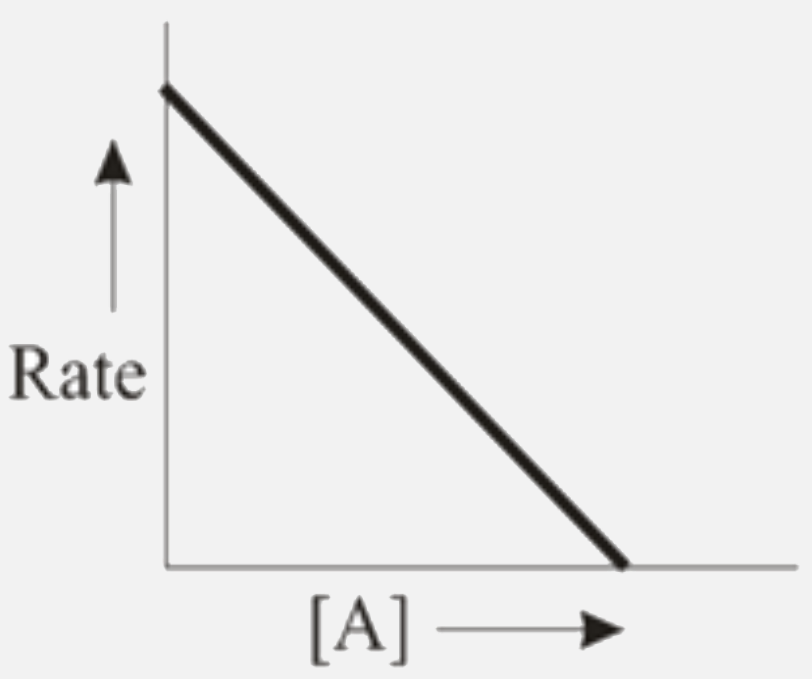If slope of curve is first positive, then zero and after that became negative, so best represented to following graph which satisfied above condition is :




The correct Answer is:A
To solve the problem step by step, we need to analyze the behavior of the slope of the curve as described in the question.
Step 1: Understanding the Slope
The slope of a curve at any point is determined by the tangent drawn at that point. The angle (θ) that this tangent makes with the positive x-axis helps us understand the slope:
- If 0<θ<90°, the slope is positive.
- If θ=0°, the slope is zero.
- If 90°<θ<180°, the slope is negative.
The slope of a curve at any point is determined by the tangent drawn at that point. The angle (θ) that this tangent makes with the positive x-axis helps us understand the slope:
- If 0<θ<90°, the slope is positive.
- If θ=0°, the slope is zero.
- If 90°<θ<180°, the slope is negative.
Similar Questions
Knowledge Check
Consider the following graph which of the above slope showes an ideal gas behaviour?
 Aonly ABonly BConly CDA and B
Aonly ABonly BConly CDA and BWhich of the following graphs represents a first order reaction ?
A B
B C
C D
D
Which of the following graphs has a positive , decreasing slope ?
A B
B C
C D
D
The perpendicular from the origin to the tangent at any point on a curve is equal to the abscissa of the point of contact. Find the equation of the curve satisfying the above condition and which passes through (1, 1).
View SolutionWhich curve in the following graph represents the curve of ideal gas ?

View SolutionIf y=kx2 where k is positive non-zero constant, then which of the following graphs is/are correct ?
View SolutionSTATEMENT - 1 : All accelerated object are represented on position-time graphs by curved lines.
STATEMENT - 2 : An object with a positive velocity will be represented on a position-time graph by a line with a positive slope.
STATEMENT - 3 : An object with a negative velocity will be represented on a position-time graph by a line with a negative slope.
View SolutionIn problem No. 1 which of the following graphs best represents the current flowing from X to Y ?
View Solution


